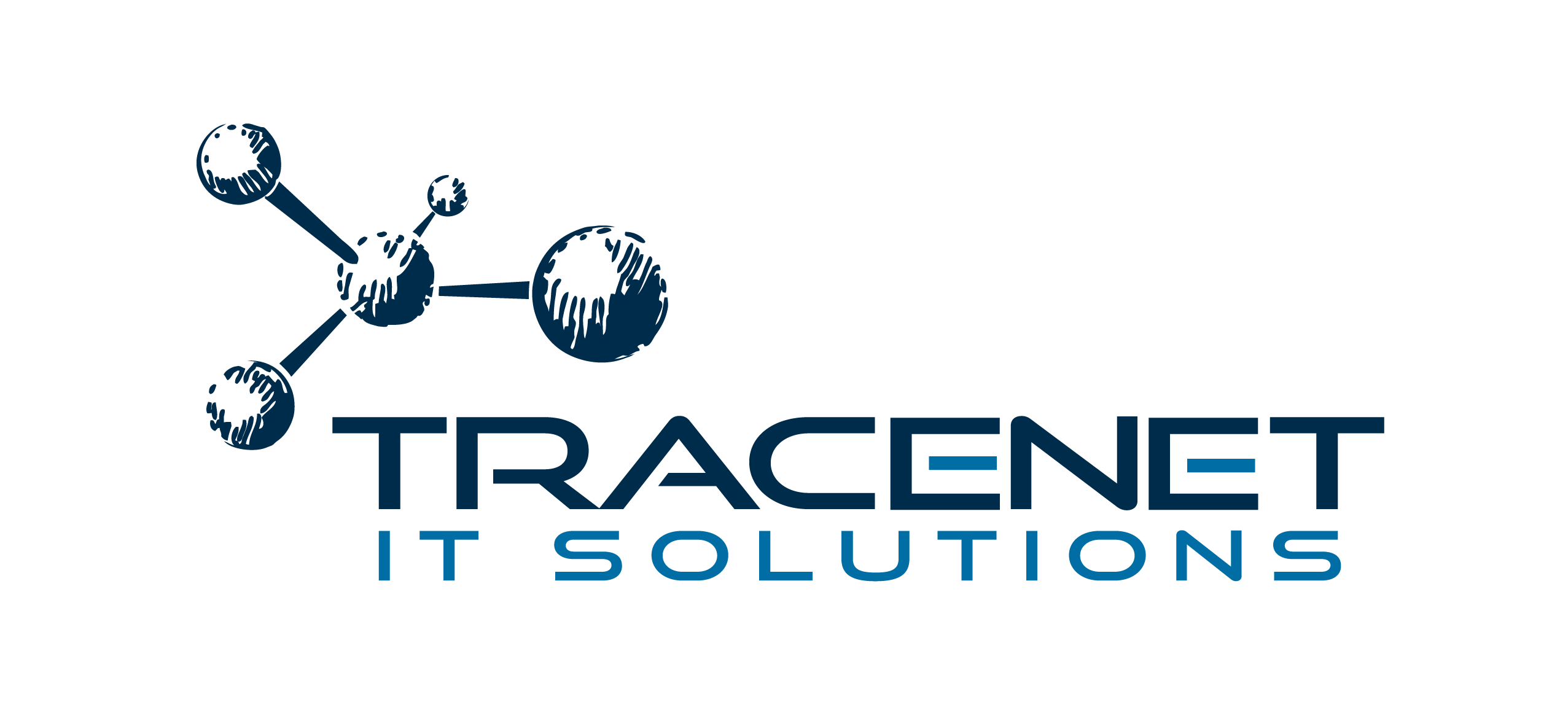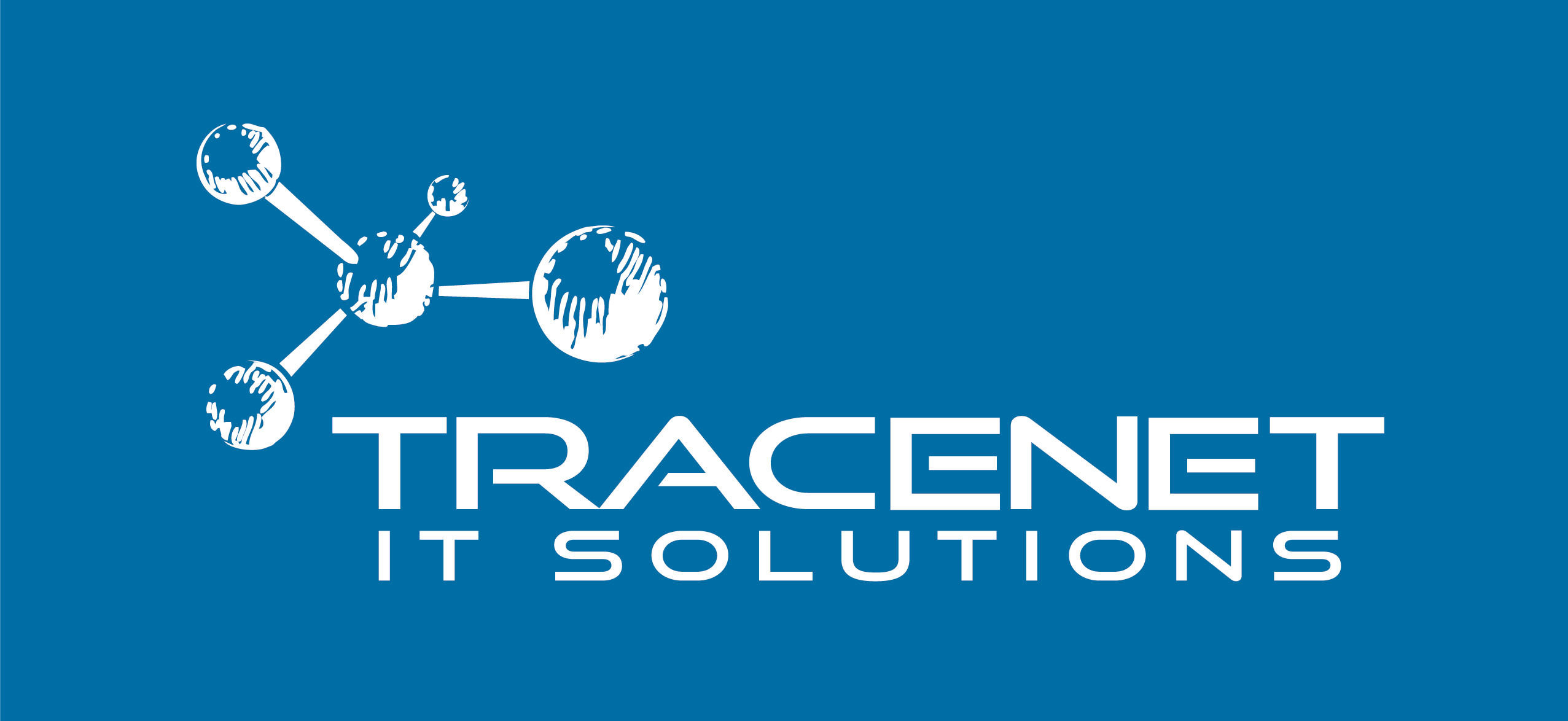With the advance of communication and connectivity technologies, industries are increasingly looking for fast and efficient solutions to improve their processes, optimize production, and reduce costs.
In this scenario, two names have stood out: 5G and Wi-Fi. But which of these technologies is more advantageous for industries? Both have their advantages and disadvantages and understanding their differences can be crucial to making the right choice.
In this article, we’ll compare these two technologies, explore their uses in industries, and analyze which one has been adopted more by companies.
What are 5G and Wi-Fi?
Before we dive into the advantages and disadvantages of each of these widely used technologies today, it’s important to understand what they represent.
5G is the fifth generation of mobile networks, the successor to 4G. It promises much faster connectivity, extremely low latency, and the ability to support a much larger number of simultaneously connected devices.
5G is especially important for industries that demand large volumes of data and real-time connections, such as industrial automation and the Internet of Things (IoT).
Wi-Fi, on the other hand, is a wireless local area network technology used to connect devices within a limited space, such as a factory, office, or warehouse.
Wi-Fi technology has evolved over the years, with the arrival of Wi-Fi 6 (802.11ax), which offers greater speed and connection capacity in areas of high demand, such as industrial environments.
What are industries using most?
Today, many industries still opt for Wi-Fi, mainly because of its familiarity, affordability, and ease of implementation. In more restricted environments with less demanding connectivity needs, Wi-Fi remains a solid choice.
However, industries that require high data transmission speeds, low latency, and the ability to connect a large number of devices simultaneously are beginning to adopt 5G.
Sectors such as industrial automation, autonomous vehicles, and smart factories are among the first to exploit the advantages of 5G to optimize their operations and increase efficiency.
Advantages and disadvantages of 5G for industries
5G is beginning to be adopted in several areas, including industries, and promises to transform the way factories and manufacturing operations work. Below, we’ll explore its advantages and disadvantages for the industrial sector:
Advantages of 5G in industries
- High speed and low latency: 5G offers much faster download and upload speeds than 4G, as well as significantly lower latency. This means that industries can carry out real-time communications more efficiently, which is essential for processes that require an immediate response, such as automated machine control, industrial robots, and remote monitoring systems.
- Connectivity for a greater number of devices: 5G can connect a large number of devices simultaneously, which is a major advantage in industrial environments with a high volume of IoT (Internet of Things) devices. This allows sensors, machines, and control systems to communicate efficiently without overloading the network.
- Mobility and flexibility: unlike Wi-Fi, which has a range limited to areas covered by routers, 5G offers wider coverage and can be accessed on the move, which is ideal for industries that require mobility, such as logistics and distribution.
- Greater capacity for advanced applications: 5G is especially relevant for emerging technologies such as augmented reality (AR) and virtual reality (VR), which can be used for employee training, predictive maintenance, and remote machine inspections.
Disadvantages of 5G in industries
- Infrastructure and costs: Implementing 5G requires a large investment in infrastructure, including the installation of antennas and the creation of a private network. This cost can be an obstacle, especially for small and medium-sized businesses.
- Limited coverage: Although 5G has great potential, its coverage is still limited in many regions, especially in rural areas or outside large urban centers. This can make the adoption of the technology more difficult for some industries operating in less connected locations.
- Implementation complexity: Integrating 5G with existing infrastructures can be complex and require a significant adaptation process. Many industries may need specialist help to ensure a smooth transition.
Advantages and Disadvantages of Wi-Fi for Industries
Wi-Fi has been widely used in industries for several years, and with the arrival of Wi-Fi 6, it has become even more attractive. Below, we’ll explore the advantages and disadvantages of this technology for the industrial sector.
Advantages of Wi-Fi in the industry
- Ease of implementation and cost-effectiveness: One of the main advantages of Wi-Fi is that it is easier and cheaper to implement. The infrastructure needed for Wi-Fi connection is already largely available in companies, and with the arrival of Wi-Fi 6, connection capacity and speed have improved significantly.
- Local and controlled coverage: Wi-Fi is ideal for environments with restricted and controlled areas, such as factories and warehouses, where distances are not great. It allows the creation of robust local networks, with the possibility of adding access points to extend the network’s reach.
- Low operating costs: As Wi-Fi infrastructure is generally simpler and more affordable, industries can keep their operating costs lower by opting for this technology, especially compared to 5G.
- Familiarity and compatibility: Wi-Fi is a technology that is already widely known, and many companies already have compatible equipment. Familiarity with the technology also reduces the learning curve and makes integration easier.
Disadvantages of Wi-Fi in the industry
- Limited range: Wi-Fi has a limited range, which can be a problem in factories or large facilities. Although Wi-Fi 6 has improved efficiency, the need for additional access points can increase network complexity.
- Interference and congestion: In industrial environments with many connected devices, Wi-Fi can suffer from network interference or congestion, which can affect the quality of the connection and the efficiency of processes.
- Limited speed and capacity: Despite the improvements in Wi-Fi 6, Wi-Fi’s connection speed and capacity are still inferior to those of 5G, which can be a problem in industries that handle large volumes of data in real-time.
Conclusion: which is the best option for your industry?
The choice between 5G and Wi-Fi depends on the specific needs of your industry. If your company needs high speed, low latency, and the ability to connect a large number of devices efficiently, 5G may be the best choice, especially if you are investing in emerging technologies such as advanced automation and IoT.
On the other hand, if your operation is concentrated in a smaller area, with more controlled connectivity needs and a tighter budget, Wi-Fi may be the most affordable and practical solution.
The arrival of Wi-Fi 6 has also brought significant improvements in terms of speed and capacity, making it an increasingly competitive choice for many industries.
At Tracenet Solutions, we are cybersecurity and information technology experts, helping companies evaluate and adopt the best connectivity solutions for their industrial operations.
Whether implementing 5G or Wi-Fi, we understand the needs of the sector and offer the best solutions to ensure your IT infrastructure is efficient and secure.



